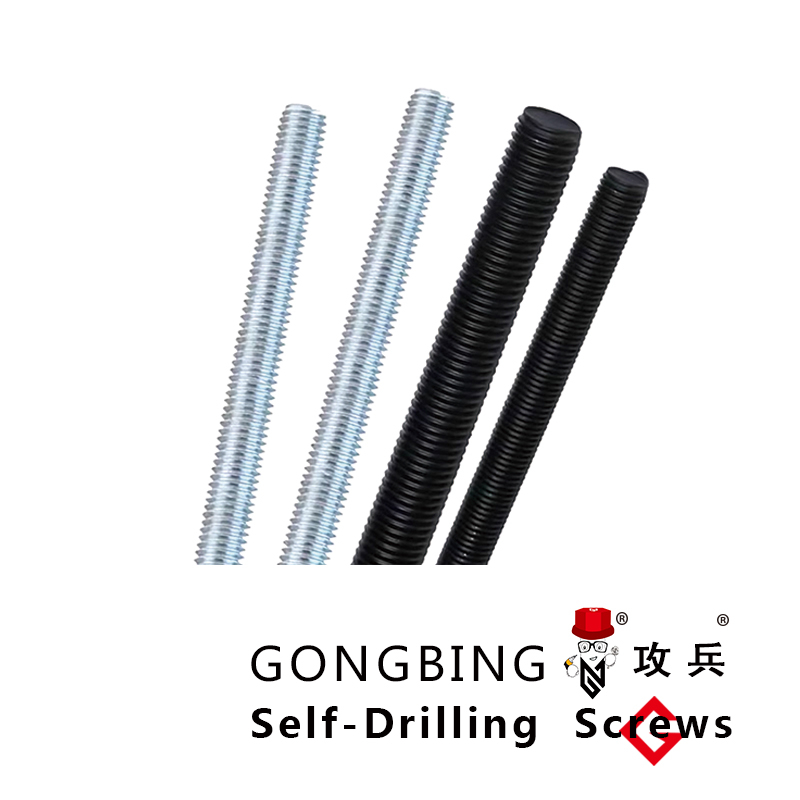Exploring Various Categories of Structural Fasteners for Construction and Engineering Applications
Types of Structural Fasteners An Overview
Structural fasteners are critical components in the construction and manufacturing industries. They serve to join various structural elements together, ensuring the stability, safety, and durability of structures. Fasteners come in various types, each designed for specific applications. In this article, we will explore the most commonly used types of structural fasteners, their characteristics, and applications.
1. Bolts
Bolts are among the most widely used structural fasteners. They consist of a cylindrical shaft with a head on one end and threads on the other, allowing them to be secured with a nut. Bolts are available in various grades and materials, accommodating different load requirements. The most common types of bolts include
- Hex Bolts These bolts have a hexagonal head and are used with a matching nut. They are ideal for heavy-duty applications. - Lag Bolts Also known as lag screws, these are heavy-duty fasteners used to secure wood components. They have a coarse thread designed for better grip. - Carriage Bolts Featuring a rounded head and square neck, carriage bolts are commonly used in wood and metal connections.
2. Nuts
Nuts are typically used in conjunction with bolts to securely fasten structural elements together. They are available in various shapes and sizes, including
- Hex Nuts The most common type, hex nuts, are used with hex bolts and offer high strength and versatility. - Lock Nuts Designed to prevent loosening under vibration, lock nuts are essential in applications where stability is crucial. - Wing Nuts These have two wings on either side, allowing for easy hand tightening without the need for tools.
3. Screws
types of structural fasteners

Screws are versatile fasteners that can be utilized in various materials, including wood, metal, and plastic. They come with different head styles and threading options. Some popular types include
- Wood Screws Designed specifically for use in wood, these screws have coarse threads to provide a strong grip. - Machine Screws Utilized for fastening metal components, machine screws often require a nut or a tapped hole in the receiving material. - Self-tapping Screws These screws can create their own hole during installation, making them suitable for thin materials.
4. Rivets
Rivets are permanent fasteners that establish strong, permanent connections between materials. They consist of a cylindrical shaft and a head, which deforms when the shaft is compressed. Rivets are commonly used in structural applications, including
- Solid Rivets Used in heavy-duty applications, solid rivets require specialized tools for installation. - Pop Rivets These are easier to install and are often used in situations where access is limited, as they can be installed from one side. 5. Anchors
Anchors are fasteners designed to attach structures to concrete or masonry. They provide a secure hold in materials where traditional screws or bolts may not suffice. Common types include
- Expansion Anchors These expand upon insertion, providing a secure grip within the base material. - Toggle Bolts Ideal for hollow walls, toggle bolts feature a spring-loaded wing that opens up inside the wall for secure attachment.
Conclusion
Understanding the different types of structural fasteners is essential for engineers, architects, and builders. Each fastener serves a unique purpose and is designed for specific applications, contributing to the overall strength and durability of structures. Selecting the appropriate fastener not only ensures safety but also enhances the efficiency of construction projects. As technology and materials evolve, so too do the types and applications of fasteners, making it crucial for professionals in the field to stay informed about the latest advancements.
-
Weatherproof Plastic Expansion Anchors for OutdoorHabarlarJun.06,2025
-
Sustainability in the Supply Chain: Eco-Friendly TEK Screws ProductionHabarlarJun.06,2025
-
Load-Bearing Capacity of External Insulation FixingsHabarlarJun.06,2025
-
Double Head Bolts: Enhancing Efficiency in Industrial MachineryHabarlarJun.06,2025
-
Corrosion Resistance in Chipboard Screws: Coatings for Wholesale DurabilityHabarlarJun.06,2025
-
Butterfly Toggle Bolts : Enhancing Structural ResilienceHabarlarJun.06,2025
